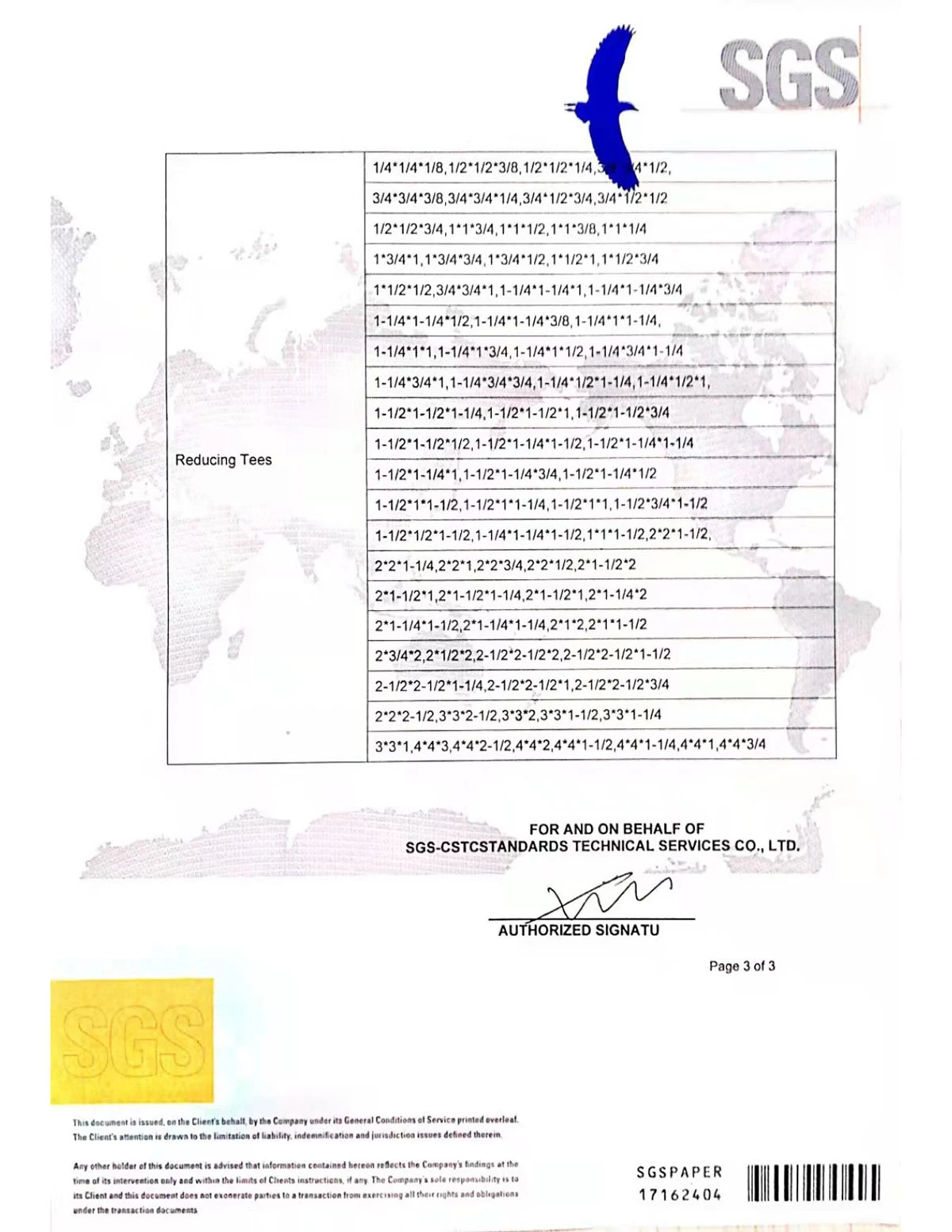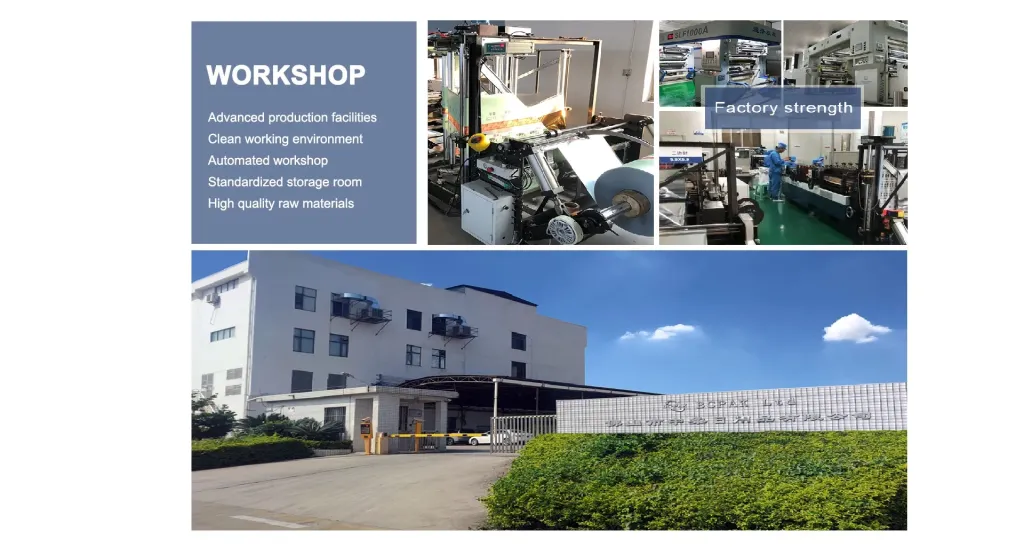Dated on Jan-15-2025


2. Key Types of Fittings - Elbows These fittings allow for changes in direction within the piping system. Available in various angles like 90 and 45 degrees, elbows are essential for navigating around corners and obstacles. - Tees Useful for dividing or combining flow, tee fittings come in numerous configurations, facilitating branch connections in the piping layout. - Couplings These fittings connect two pipes of the same diameter, ensuring continuity within the system. Couplings are available in different materials and finishes to match the connected pipes. - Unions Similar to couplings, unions are used for temporary connections. They allow for easy disassembly and maintenance of sections within the plumbing system. - Reducers and Bushings Essential for connecting pipes of different sizes, reducers and bushings enable seamless transitions while maintaining fluid dynamics. 3. Considerations for Selection The choice of pipes and fittings should consider operational pressure, temperature ranges, and potential chemical exposure. Ensuring compatibility between pipes and fittings protects against leaks and structural failures. Consulting with industry professionals and leveraging authoritative resources is crucial for optimal selections, reinforcing both the performance and safety of installed systems. Understanding these basic elements, combined with practical experience, empowers professionals and DIY enthusiasts to craft reliable and efficient piping systems. Accurate selection and installation not only extend the lifespan of the system but also contribute to sustainable building practices and enhanced user satisfaction. Leveraging authoritative insight and adhering to industry standards fortifies the credibility of your work, establishing trust with clients and stakeholders.
Post time: Jan-15-2025
Prev:
Related PRODUCTS









